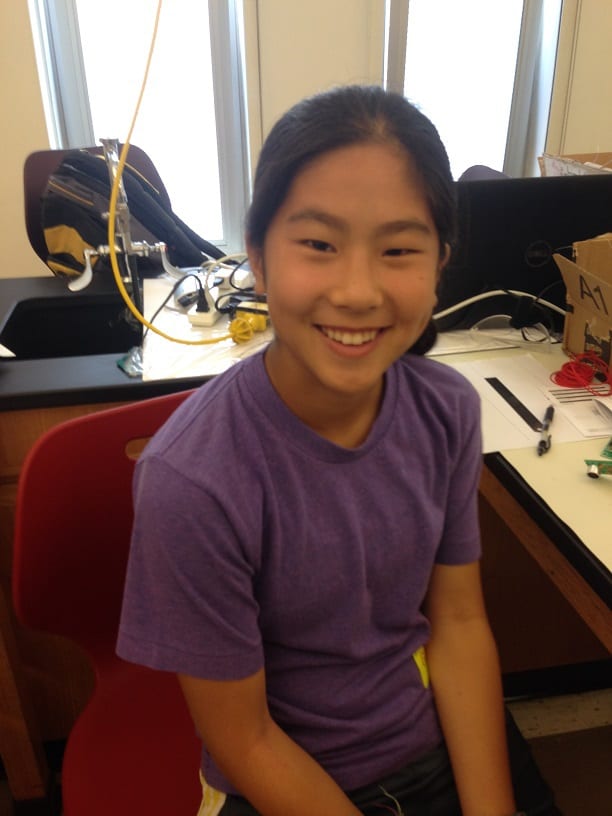TV-B-Gone
For my first project i did the TV-B-Gone. This is a battery powered remote that can turn off any television. It can also turn on most televisions. This is because unlike most television remotes which have one code, this remote has 230 codes. When the power button is clicked on this remote, all the possible codes are enacted by trial and error until the code that corresponds to the particular television you are aiming at is reached. This project takes very little time to build if you read the directions carefully. When you turn on the TV-B-Gone the infrared light emitting diode (LED) will turn off any TV. A diode is a valve that transmits the light in this case. There are different kinds of LED’s. The LED I am using is called infrared. With an infrared LED you cannot see the light because the radiation is invisible for human eyes. It can go large distances and also go through glass.
The TV-B-Gone consists of what is called a printed circuit board, or PCB. This board has many parts. Each part has tracks connecting one to the other. These parts consist of capacitors, resistors, transistors, an oscillator, a microcontroller, as well as five LEDs. They store the electrical energy and control the current. They are all connected to the battery. Specifically, the capacitor stores the energy, the resistor resists the passage of electrical currents when not in use, and the oscillator moves the light. The transistor is similar to a switch which turns the signal on or off. It can also change the amount of current being sent through it. There is also the microcontroller which holds all of the 230 codes.
For my second project I did the parking sensor. A parking sensor is a device that helps a driver park the car by beeping when the car gets too close to a car behind it. The sensor is placed in the back of the car. As the driver is parking the sensor starts to beep when the car is too close to the car behind. This device uses two ultrasonic sensors, microcontrollers, diodes, capacitors, transistors, a quartz crystal oscillator, resistors, and a buzzer. They store the electrical energy and control the current. Specifically, the capacitor stores the energy, the resistor resists the passage of electrical currents when not in use, and the oscillator tells the second sensor how much time it takes the sound wave to get back. The transistor is similar to a switch which turns the signal on or off. It can also change the amount of current being sent through it. When the sensors detect an object over them the buzzer starts to beep. The sensors are ultrasonic which means one sensor throws a sound wave to the object coming close and the other sensor finds out what the distance is.
I am very glad I did this program. I enjoyed myself immensely and hope to continue working on these kinds of projects. I particularly like that the projects I picked have such practical use. I have already used the TV-B-Gone in my home.



